Pink Ball: In recent years, the pink cricket ball has been introduced in day-night Test matches, offering a unique alternative to the traditional red ball. It was designed to be more visible under artificial lighting during evening sessions, but cricketers quickly realized that the pink ball behaves differently from the red ball, influencing how matches are played, particularly in longer formats like Test cricket.
This article explores why the Magenta ball behaves differently than the red ball in Test cricket, focusing on aspects like its construction, swing properties, durability, and how these factors impact the dynamics of a match.
The History and Purpose of Magenta Ball
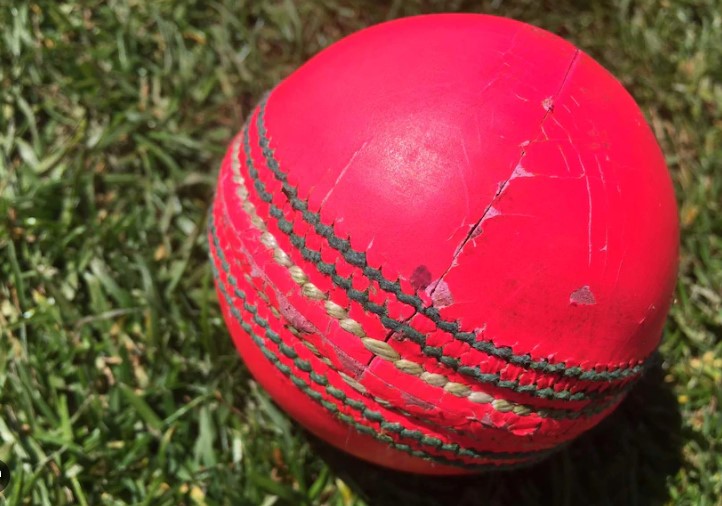
The red ball has been the standard for Test cricket for over a century. It has a well-known behavior profile, allowing bowlers to extract swing and seam movement, particularly during the early stages of the match. However, as Test cricket began to incorporate more day-night matches, there was a need for a ball that could be more visible under artificial lights. This led to the creation of the Magenta ball.
The Magenta ball is a compromise between the traditional red ball, used in daylight, and the white ball used in limited-overs formats, which is often criticized for its quick wear. The primary motivation behind the introduction of the Magenta ball was to ensure better visibility during the evening sessions of day-night Test matches.
Construction of the Pink Ball vs. the Red Ball
Both the red and Magenta balls are made from similar materials, including a cork core and a leather outer cover. However, there are several differences in how the two balls are constructed, which contributes to their differing behaviors.
Dye and Leather Used
Red Ball: The red ball is dyed using a natural dye, which helps the ball maintain its color for a long period. The leather used for the red ball is often softer, which allows for more movement and swing, especially when it is new.
Pink Ball: The Magenta ball uses a synthetic dye, which gives it a brighter, more vibrant color. The leather of the pink ball is often slightly harder and treated differently during the manufacturing process. This change in treatment is one reason why the pink ball behaves differently than the red ball.
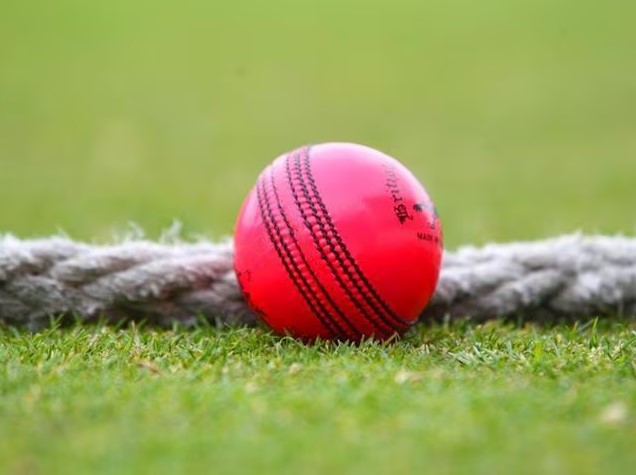
| Feature | Red Ball (Traditional Test) | Pink Ball (Day-Night Test) |
|---|---|---|
| Dye Used | Natural red dye | Synthetic pink dye |
| Leather Quality | Softer, more flexible | Slightly harder, treated differently |
| Color | Deep red | Bright pink |
The Role of the Seam
The seam of the ball plays an essential role in determining how much swing and seam movement a bowler can get. The seam on both red and pink balls is raised, but there are slight differences in how the seam behaves.
Red Ball: Due to the softer leather, the red ball’s seam tends to wear down more gradually, providing a consistent seam position. This allows swing bowlers to get more movement in the air.
Pink Ball: The seam on the pink ball is usually a bit sharper, but the leather’s increased durability means that the ball does not wear down as quickly as the red ball. While this might be an advantage for seamers, it also reduces the amount of movement after the ball has been used for a while.
| Feature | Red Ball | Pink Ball |
|---|---|---|
| Seam Durability | Wears down gradually | More durable, less wear |
| Swing Potential | Good swing over long periods | Swing early, less later |
Visibility and Wear
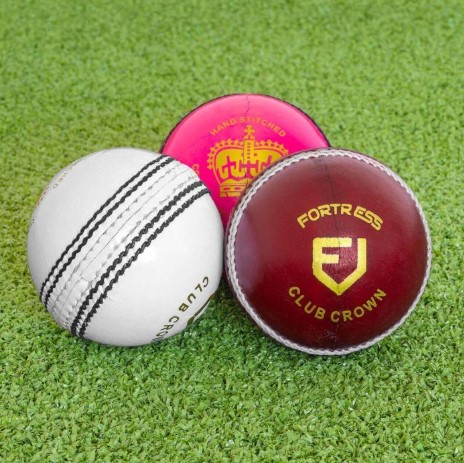
One of the key reasons why the pink ball behaves differently is its visibility under lights. The visibility of a cricket ball is crucial for players, especially batsmen, as they need to react quickly to the ball. During the evening or night, under floodlights, the red ball tends to lose its visibility, while the pink ball was designed specifically to solve this problem.
Pink Ball Under Lights
Visibility: The pink ball is far more visible than the red ball under artificial lighting. This increased visibility allows the batsmen to see the ball more clearly during the evening sessions, which is why it was introduced for day-night Test matches.
Wear and Tear: Despite the visibility advantage, the pink ball does not retain its color for as long as the red ball. It tends to get scuffed up quickly, particularly in the early stages of the game. This wear, combined with its harder leather, results in the ball not swinging as much as the red ball after a few overs.
| Factor | Red Ball | Pink Ball |
|---|---|---|
| Visibility Under Lights | Less visible in artificial light | More visible, enhanced clarity |
| Wear and Tear | Wears down gradually | Gets scuffed quickly |
Swing and Movement Differences
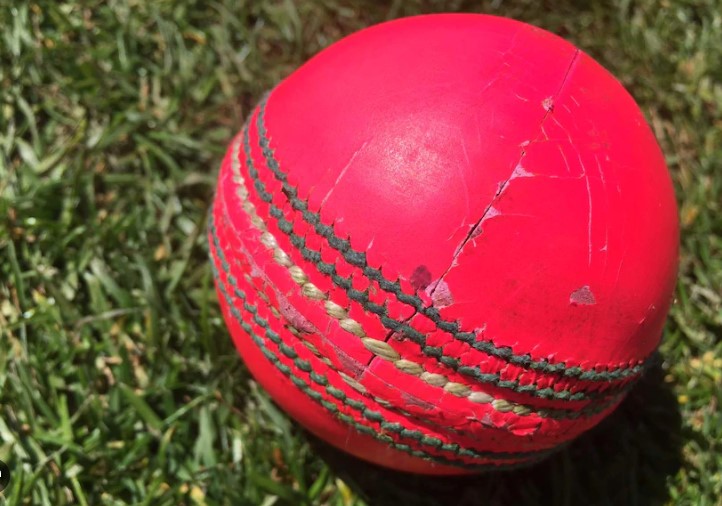
Red Ball: The red ball offers swing and seam movement throughout a Test match. In the early overs, the ball swings conventionally, and as it ages, it can produce reverse swing, especially with a roughened surface. The ball also maintains its shape for a long time, allowing bowlers to extract more movement.
Pink Ball: The pink ball generally swings and seams in the first few overs, but its movement diminishes faster than the red ball. In day-night matches, swing is often evident early, but after the ball has aged, the pink ball becomes less effective in the air and on the pitch. Additionally, its visibility under lights causes some bowlers to struggle with consistent swing later on in the match.
| Type of Movement | Red Ball | Pink Ball |
|---|---|---|
| Early Swing | Excellent swing early on | Swing early in the innings |
| Reverse Swing | Prominent in later stages | Less effective for reverse swing |
| Seam Movement | Consistent throughout the match | Limited after a few overs |
Impact on the Game: Batting and Bowling Strategies
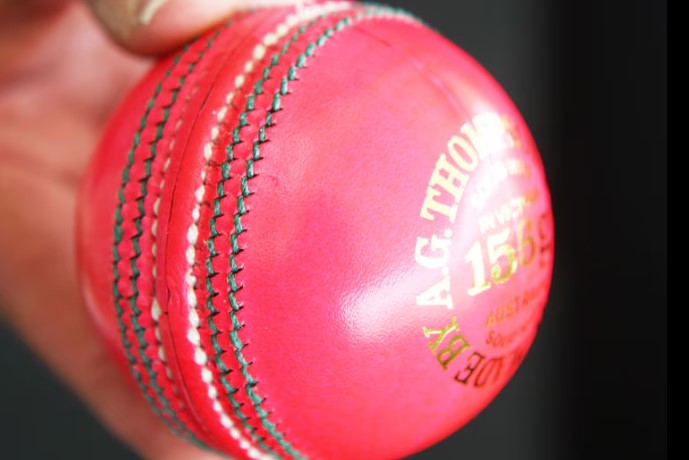
Bowling with the Pink Ball
Seamers: Fast bowlers benefit from the initial swing offered by the pink ball. However, they must adjust their expectations because the ball tends to lose its ability to swing after a few overs. Bowlers are likely to get more seam movement than with the red ball, but for a shorter period.
Spinners: The pink ball tends to maintain its hardness for longer than the red ball, which means that spinners may have a slightly tougher time getting as much grip on the surface. The ball can become more difficult to control as it gets older, making it harder for spinners to extract turn.
Batting with the Pink Ball
Batsmen: The increased visibility of the pink ball helps batsmen in the evening or night sessions. However, the ball’s quicker wear means that batsmen will face challenges as it begins to lose its shine, and they might have to contend with reverse swing in the later stages. This makes it more difficult for batsmen to judge deliveries consistently.
| Aspect | Red Ball | Pink Ball |
|---|---|---|
| Bowling Strategy | Effective swing and reverse swing | Swing early, seam for shorter period |
| Batting Strategy | Stable, challenging later with reverse swing | Easier to see, challenging later with wear |
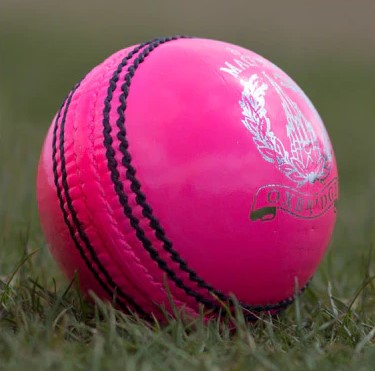
The pink ball behaves differently than the red ball in Test cricket due to various factors, including its construction, durability, and the impact of artificial lighting. While the red ball is known for its long-lasting swing and seam movement throughout a match, the pink ball offers more swing early on but loses its effectiveness as the match progresses. It is designed to be more visible under lights, but this comes at the cost of quicker wear and reduced movement later in the game.
As Test cricket continues to embrace day-night formats, understanding the differences between the red and pink balls is crucial for both players and fans. The introduction of the pink ball has added a new dimension to the game, with bowlers adjusting their strategies and batsmen learning to deal with the challenges posed by a more visible but less predictable ball.
